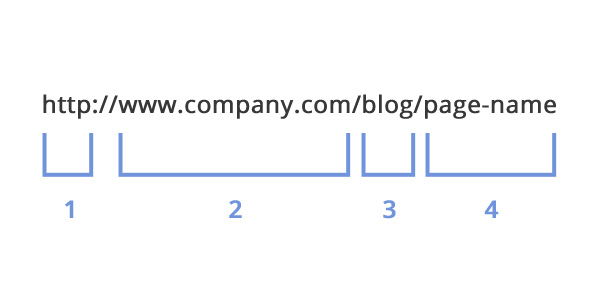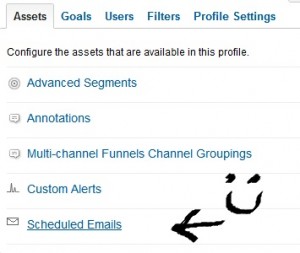Reverse engineering requirements to start your impact map
This is a useful tool that is perfect for product owners and business analysts within agile teams in prioritisation and working on a roadmap. Here is a pretty concise summary taken from the authors website:
An impact map is a visualisation of scope and underlying assumptions, created collaboratively by senior technical and business people. It is a mind-map grown during a discussion facilitated by answering the following four questions:
Why?
The centre of an impact map answers the most important question: Why are we doing this? This is the goal we are trying to achieve.Who?
The first branch of an impact map provides answers to the following questions: Who can produce the desired effect? Who can obstruct it? Who are the consumers or users of our product? Who will be impacted by it? These are the actors who can influence the outcome.How?
The second branch level of an impact map sets the actors in the perspective of our business goal. It answers the following questions: How should our actors’ behaviour change? How can they help us to achieve the goal? How can they obstruct or prevent us from succeeding? These are the impacts that we’re trying to create.What?
Once we have the first three questions answered, we can talk about scope. The third branch level of an impact map answers the following question: What can we do, as an organisation or a delivery team, to support the required impacts? These are the deliverables, software features and organisational activities.
For a business analyst or product owner new to a project sometimes stakeholders start communicating with the what e.g. I want Facebook for our organisation. This is common and nothing new, nor is reverse engineering these requests, however it can be a good starting point for your impact map.



